Prior to my arrival, Telecast was a video discovery mobile app borne out of the Hacker-In-Residence program at Betaworks. I joined when the company (of 2 people at the time) was initiating a pivot. YouTube has enabled people to make online video creation into a business, but doing so is a hack of sorts. YouTube is better suited to viral video than sustained creator/viewer relationships. Even when it works, YouTube forces creators to spend an unnecessary amount of time managing their channel, instead of focusing on content creation, only to withhold a sizable portion of revenue. Telecast set out to change this, by creating a platform optimized for fostering the creator/viewer relationship, automating channel management, and providing more ways to boost earnings.
After releasing the first version of the new Telecast, we began exploring features that would increase fan engagement, and provide creators with more insight into what aspects of their videos were really resonating with fans. A system for allowing fans to react to the video seemed like an easily understandable feature to implement, but as anyone who has scrolled through YouTube comments can attest to, something about their forum brings out the worst in people. YouTube comment sections are filled with people mocking the content, each other, and ultimately detracting from the product experience. How could Telecast provide fans with a means of expressing themselves, while ensuring that content is supportive and creating a sense of community?
Telecast's "Moments" feature was an exploration of that question. Similar to Soundcloud's commenting system, Moments gives reactions context by pinning them to a specific time in the video. Driven by team feedback, early sketches focused on providing a variety of canned reactions.
But I quickly realized that this direction was leaping too far ahead. If we were trying to test the hypothesis of whether reactions and comments would increase engagement and community, why introduce all this complexity? All we need is one reaction, specifically one of appreciation.
This direction also had the advantage of making "liking" a moment a prerequisite to adding a comment. By framing comments as a complement to likes, we subtly suggest what the intended content of comments should be. I did several iterations on all of the interactions and visual design, but it was difficult to picture the experience from static images. So I built a couple interactive prototypes to test the direction I was considering. The lighter, more passive experience I nicknamed Skim Milk and the heavier, more invasive experience I called Egg Nog. I recruited a few people via TaskRabbit to come in and test the prototypes, and Skim Milk was heavily favored among the participants and other people in the office. Only then, did I fully mock up the screens and establish the interaction details.
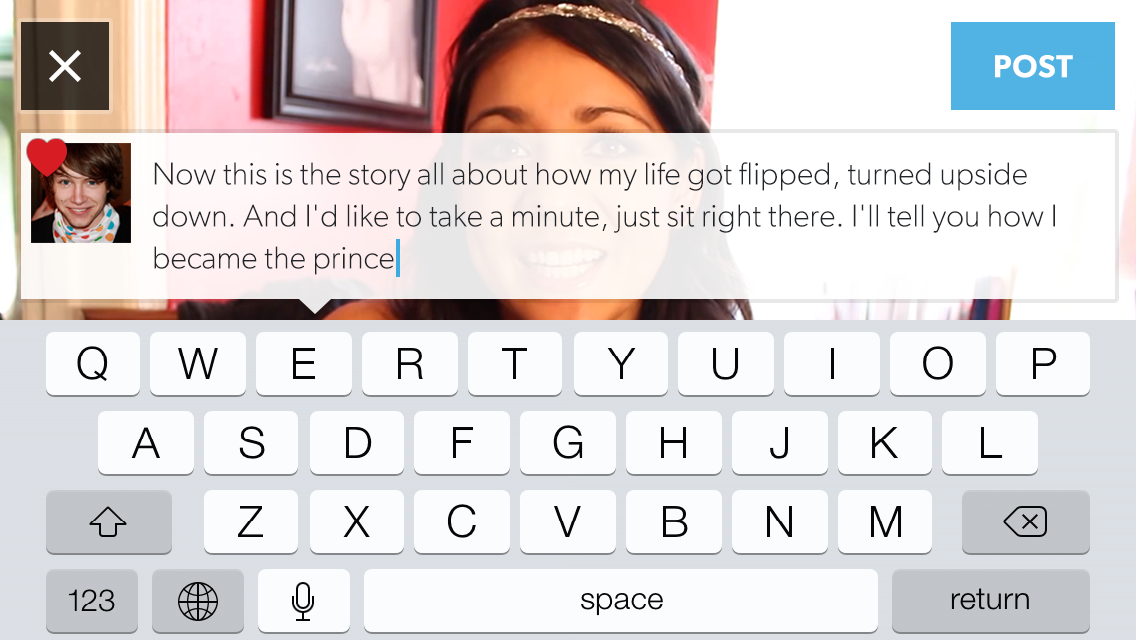


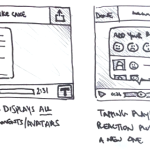
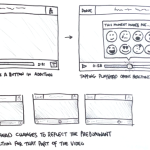
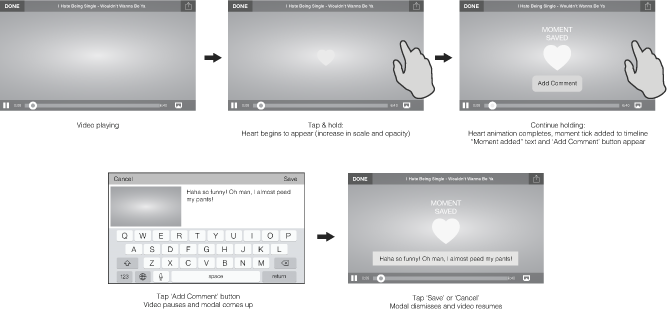

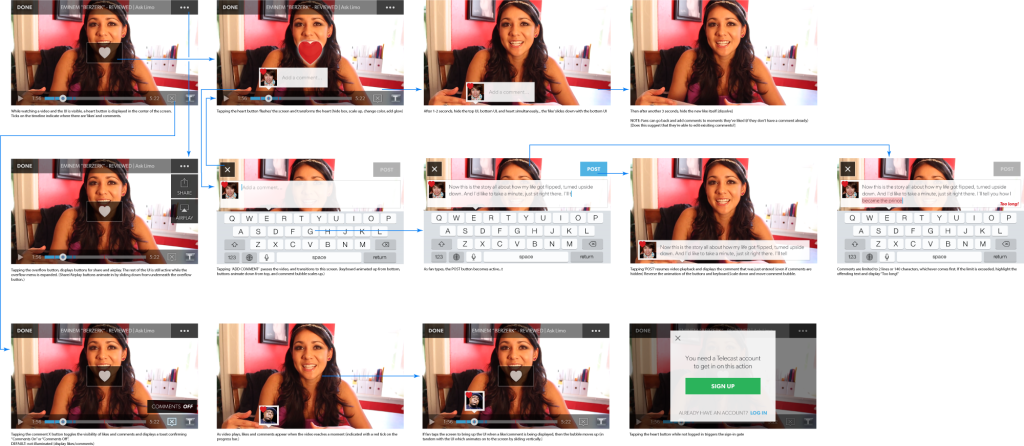
No comments.